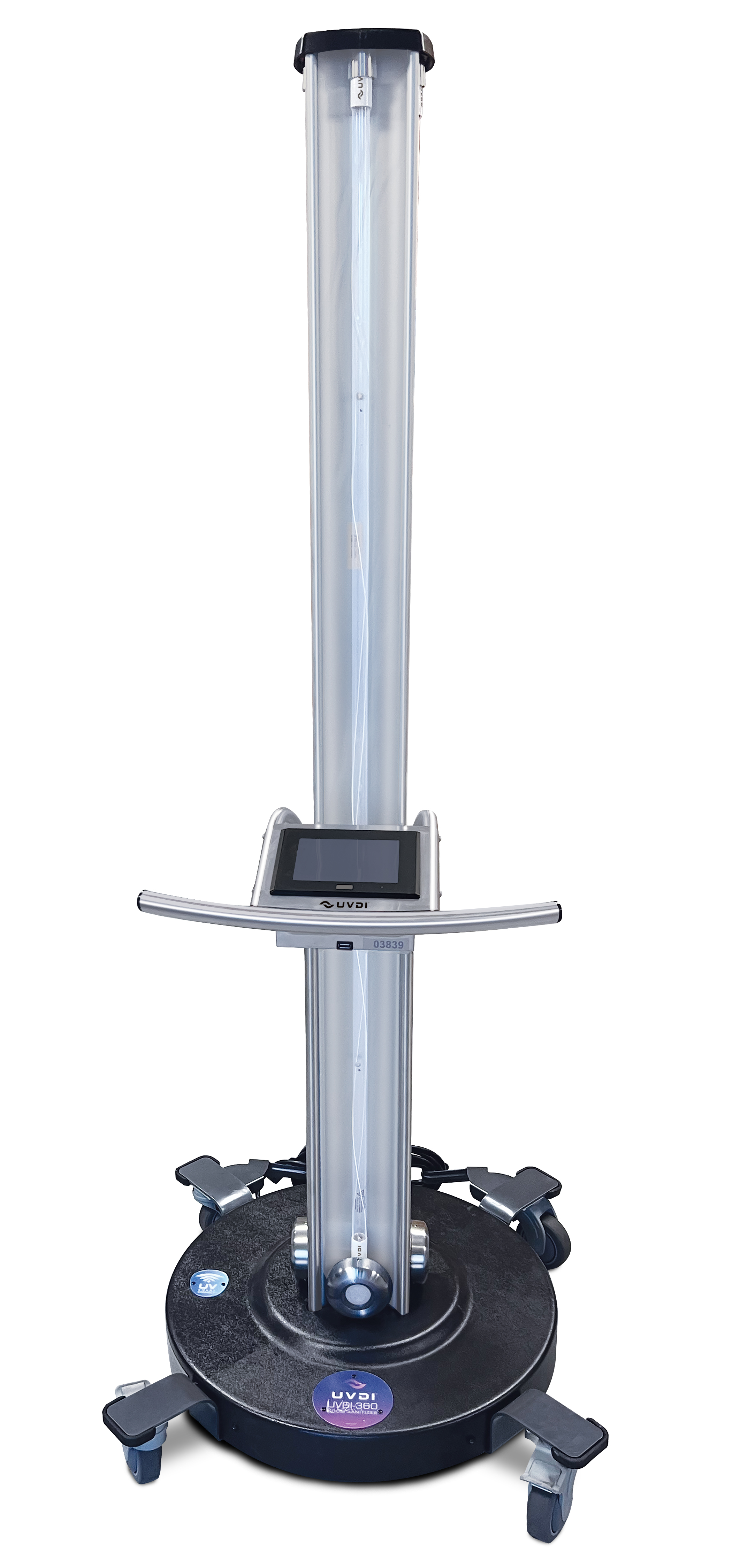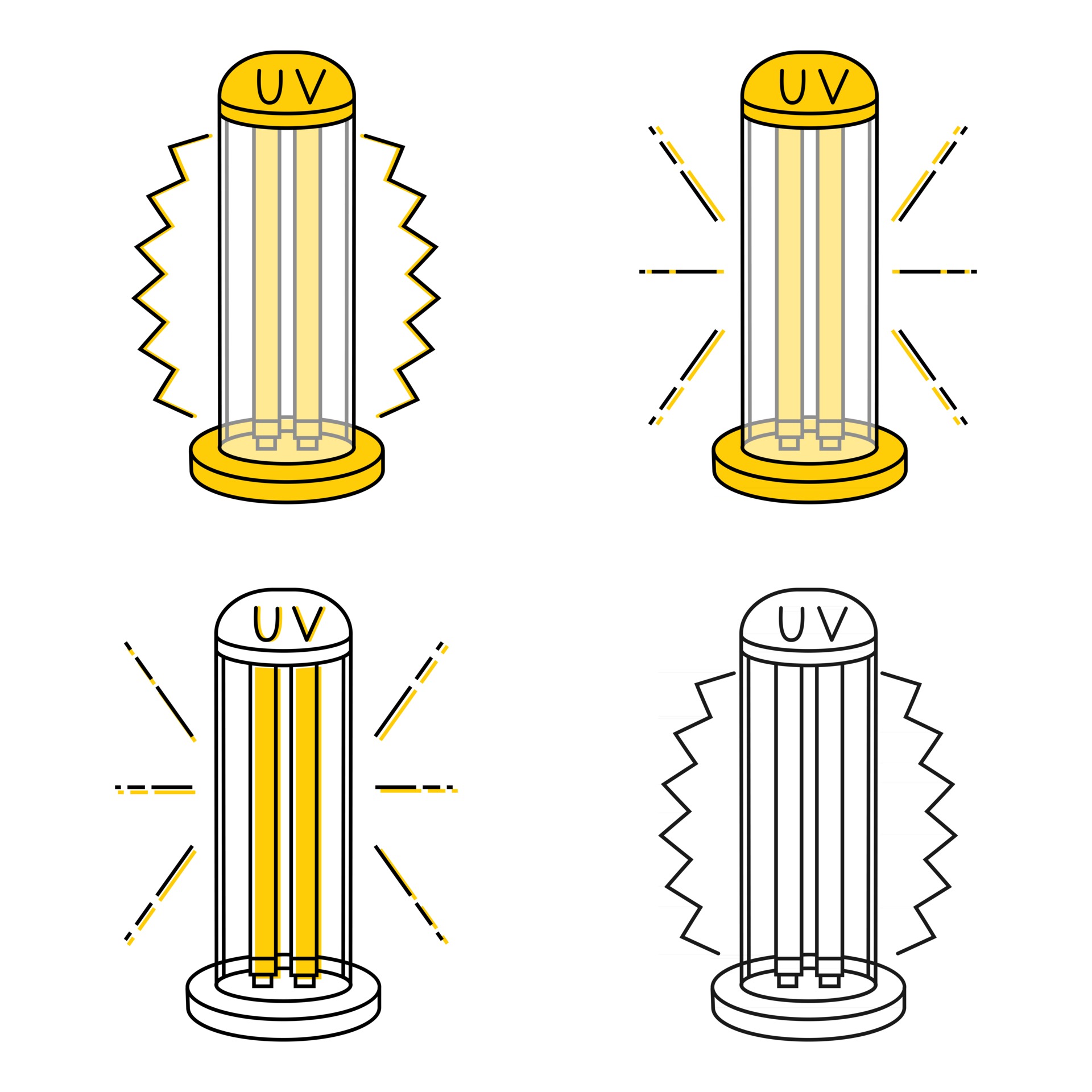UV Surface Disinfection Techniques: Taking Full Advantage Of Efficiency for Germ-Free Spaces
Introducing the Advantages of UV Disinfection: Guaranteeing Sanitized and tidy Rooms
In the age of heightened recognition bordering hygiene and cleanliness, the importance of effective disinfection approaches can not be overstated. While typical cleansing techniques have actually long been depended upon, developments in modern technology have presented a cutting-edge option that makes sure clean and sanitized spaces: UV disinfection. By using the power of ultraviolet light, this approach has actually gained recognition for its ability to get rid of harmful microorganisms and offer a thorough sanitization procedure. The advantages of UV sanitation prolong much past its efficiency. This conversation will certainly check out the scientific research behind UV sanitation, its effectiveness on various microorganisms, its applications in different setups, and the advantages it holds over standard techniques. Furthermore, we will certainly look into the safety and security factors to consider that have to be taken into consideration when implementing UV disinfection. Prepare to uncover a brand-new dimension of cleanliness and discover the untapped potential of UV sanitation.

The Scientific Research Behind UV Sanitation
UV sanitation is a scientifically tested method that makes use of ultraviolet light to remove unsafe microorganisms from surfaces and water. The scientific research behind UV disinfection hinges on the ability of UV-C light to harm the DNA and RNA of microorganisms, rendering them incapable to replicate and triggering their ultimate death. UV-C light falls within the wavelength series of 200 to 280 nanometers, which is highly effective in damaging germs, infections, and other virus.
When revealed to UV-C light, the hereditary material of microbes takes in the power from the light, resulting in the development of thymine dimers. These dimers interrupt the regular duplication and transcription procedures of the microorganisms, preventing their capacity to endure and recreate (uv surface disinfection). The DNA and RNA damages triggered by UV-C light is deadly to the microbes, making UV disinfection a reliable and trustworthy technique for killing a vast variety of microorganisms
UV disinfection is particularly beneficial in settings where standard chemical anti-bacterials may be inadequate or impractical. It is a non-chemical method that does not leave any residues or damaging byproducts, making it safe for use in food processing, medical care centers, water therapy plants, and different other sectors. UV disinfection is environmentally friendly, as it does not contribute to the growth of antibiotic-resistant bacteria or various other dangerous contaminants.
Efficiency of UV Sanitation on Virus
The performance of UV sanitation in eliminating pathogens has been extensively examined and confirmed in countless clinical researches. UV radiation has the ability to suspend a variety of microbes, consisting of fungis, germs, and viruses, by damaging their DNA or RNA. This stops them from duplicating and creating infections.
One study published in the American Journal of Infection Control found that UV sanitation was efficient in decreasing the presence of multiple drug-resistant germs in medical facility rooms. An additional research carried out by the National Institute for Occupational Safety and Wellness showed that UV sanitation was able to get rid of 99.9% of the influenza infection on surface areas.
UV sanitation has likewise revealed promise in combating the spread of healthcare-associated infections (HAIs) According to a research study released in The Lancet, using UV-C light in enhancement to standard cleaning protocols substantially decreased the incidence of HAIs in a hospital setup.
Moreover, UV disinfection has actually confirmed to be reliable against emerging virus, such as the extreme intense respiratory system syndrome coronavirus 2 (SARS-CoV-2), which causes COVID-19. A research study conducted by the National Arising Contagious Diseases Laboratories showed that UV-C light can suspend the infection on surfaces within seconds.
Applications of UV Sanitation in Different Settings
With its tried and tested effectiveness in getting rid of pathogens, UV disinfection has actually discovered applications in a selection of setups. One of one of the most common locations where UV sanitation is used remains in healthcare facilities. UV basics innovation is used to sanitize client areas, running rooms, and other high-touch surfaces, minimizing the threat of healthcare-associated infections. Furthermore, UV sanitation is also being applied in food processing plants and restaurants to ensure the safety of food and prevent the spread of foodborne illnesses. UV disinfection is additionally helpful in water treatment plants, where it is used to eliminate harmful bacteria and provide risk-free drinking water.
Another vital application of UV disinfection is in the air filtration sector. UV air cleansers are utilized in domestic, business, and commercial setups to remove airborne germs, viruses, and mold and mildew spores. This technology is particularly beneficial in environments where individuals are more at risk to respiratory system infections, such as healthcare facilities, institutions, and office complex.
Additionally, UV disinfection is significantly being used in mass transit systems, such as buses and trains, to keep tidy and sanitized spaces for guests. UV light is utilized to decontaminate surfaces and air inside the automobiles, reducing the risk of spreading contagious illness.
Benefits of UV Sanitation Over Conventional Methods
In contrast to standard approaches, UV disinfection uses a variety of distinctive benefits that make it a better selection in numerous markets and setups. One significant benefit is its performance versus a wide array of microbes, including germs, viruses, and fungi. Unlike chemical disinfectants that might have limited effectiveness against certain microorganisms, UV sanitation is a non-selective procedure that can eliminate or suspend a broad spectrum of great post to read hazardous microorganisms.
Another benefit of UV disinfection is its capacity to provide quick and efficient disinfection. Traditional disinfection methods frequently require longer contact times or multiple steps to achieve the preferred level of sanitation. On the other hand, UV light can give continual and prompt sanitation, lowering downtime and increasing productivity in various applications.
UV disinfection also supplies a ecologically pleasant and secure option to traditional disinfection techniques. uv surface disinfection. Unlike chemical agents, UV light does not leave any kind of dangerous residues or byproducts, making it ideal for use in delicate settings such as food handling centers, medical care settings, and water treatment plants
Moreover, UV disinfection is a cost-effective remedy in the lengthy run. While the in advance investment for UV sanitation systems may be more than typical techniques, the operational expenses are normally lower. UV lamps have a lengthy lifespan and need minimal upkeep, leading to decreased labor and substitute expenses.
Safety Factors To Consider for UV Disinfection
Considering the potential hazards connected with UV disinfection, it is important to deal with the safety considerations associated with applying this innovation. UV sanitation utilizes ultraviolet light to kill or suspend microbes, making it an effective technique for disinfecting various surfaces and items. It is essential to comprehend that UV radiation can additionally posture risks to human health if appropriate security procedures are not adhered to.
Most importantly, direct exposure to UV radiation can cause damage to the skin and eyes. Long term direct exposure can lead to sunburn, skin damage, and also an enhanced risk of establishing skin cancer. It is vital to make certain that UV sanitation systems are effectively confined and furnished with safety and security functions such as automatic shut-off mechanisms or motion sensors to prevent unintentional exposure.

In addition, proper training and education and learning are essential for those accountable for running UV disinfection systems. They must know the prospective dangers, understand the safety procedures, and understand exactly how to manage and keep the tools properly.
Verdict
UV disinfection can be applied in numerous setups, consisting of health care centers, food processing plants, and water treatment systems. Contrasted to standard techniques, UV sanitation has advantages such as faster sanitation times, very little chemical moved here use, and no unsafe byproducts.
UV disinfection is a clinically proven approach that utilizes ultraviolet light to remove damaging bacteria from surface areas and water. The DNA and RNA damage triggered by UV-C light is dangerous to the microbes, making UV sanitation a effective and reliable approach for killing a large array of microorganisms.
One more advantage of UV sanitation is its ability to supply quick and effective sanitation. UV disinfection utilizes ultraviolet light to kill or inactivate microorganisms, making it an efficient approach for disinfecting numerous surfaces and objects. Compared to conventional methods, UV disinfection has advantages such as faster disinfection times, marginal chemical usage, and no harmful byproducts.